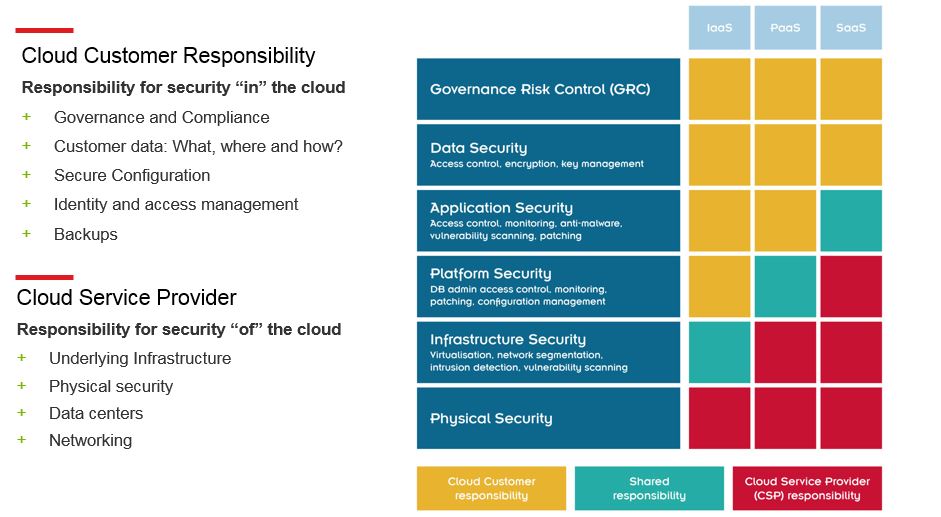Our Work-from-Home Future
Cloud Security: Why It is More Important Today Than Ever Before
It’s no news that most of us all now work from home, as millions of workers have transitioned into remote working. Companies have extended their commitments to remote working and business leaders need to understand the shifts that are taking place regarding how people work and how they can protect their remote workforce.
A recent McAfee report points to an increase in cyber-attacks on cloud services by 630% since January of 2020. While it is easy to pinpoint remote working as the cause of this increased threat level, the real picture is more complex.
Many enterprises believe that the cloud is secure by default and their cloud-native security tools will protect them against security breaches. However, rushed cloud migrations, misconfigured setups, and an outdated view of how security works in the cloud pose a huge threat as much as remote work does. Whether employees return to their office workspaces or not, their use of cloud-based tools is going to continue. Therefore, Cloud computing could end up becoming a hindrance rather than a benefit to an enterprise if not planned and implemented properly.
What Is Cloud Security?
Cloud security refers to a form of cybersecurity that covers policies, practices, and technologies for protecting cloud computing systems. It secures data stored on the cloud and other digital assets against data breaches, malware, distributed denial of service (DDoS), hacking, and other cybersecurity threats.
De-mystifying Shared Responsibility Model – Understanding your responsibilities.
It is extremely important for the enterprises adopting the cloud to be familiar with the shared responsibility model. Cloud service providers are responsible only for the security “of” the cloud; while security “in” the cloud is the responsibility of the enterprise (which we will cover in more detail below).

Source: Microsoft Azure
While all cloud service providers have their own native security capabilities that can be easily configured and deployed, these capabilities work well only for an enterprise with minimal security aspirations. Native security capabilities are features and not tools. They do not have the depth of coverage that a third-party cloud security assessment has to offer.
What should you do now?
KPMG and Oracle Survey showed that 92% of organisations still report a cloud security readiness gap? A good Cloud Security Posture Management (CSPM) tool could easily help bridge this cloud security readiness gap to facilitate security enforcement and compliance. Gartner has reported that through 2024, organisations implementing a CSPM are expected to reduce cloud-related security incidents due to misconfiguration by 80%.
That begs the question, Do you have full visibility of your cloud assets, and are they protected? Find out with a comprehensive Cloud Security Posture Assessment from our certified professionals. Overcome uncertainty today!


